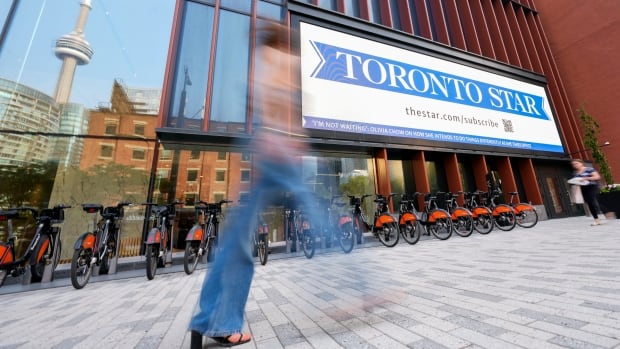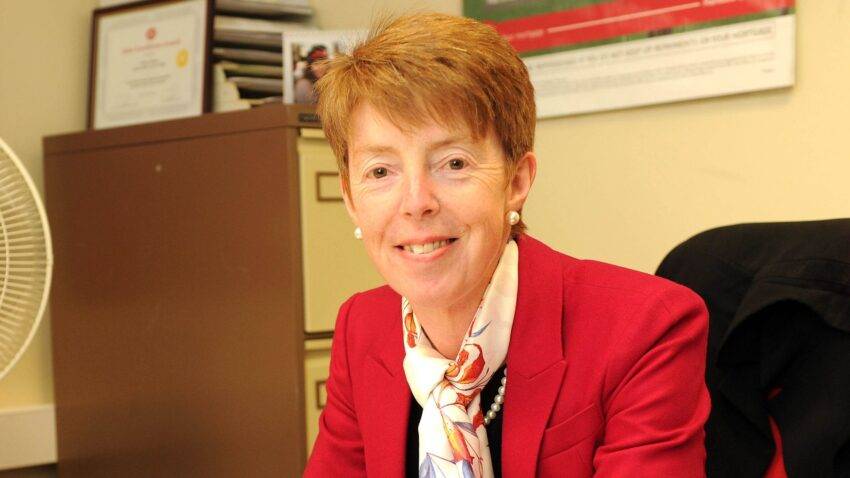Researchers have found a motherlode of around 230 million metric tons of minerals crucial to making electric car batteries on the seabed off a remote island around 1,200 miles from Tokyo.
The cache of manganese nodules lying 5,000 meters below the ocean surface contains enough cobalt to supply Japan for around 75 years.
It also contains more than a decade’s worth of the country’s annual nickel consumption, according to a press release provided by The Nippon Foundation, which conducted the survey in collaboration with the University of Tokyo.
Both minerals are crucial components of electric vehicle batteries, and the transition to EVs has sparked a global race to secure sources of the precious metals. Nikkei first reported on the discovery.
Researchers told Nikkei that the seabed around Minami-Torishima island contains around 610,000 metric tons of cobalt and 740,000 metric tons of nickel.
They scoured the area earlier this year with mining equipment and remote-controlled underwater vehicles and plan to begin extracting the first minerals in 2025.
Despite being an automotive powerhouse, Japan has lagged behind many of its global rivals in the race to build electric vehicles.
Just 2.2% of new passenger cars sold in Japan in 2023 were electric, according to data from industry bodies, compared to 25% in EV pace-setter China.
The discovery of vast nickel, cobalt, and manganese reserves will raise hopes that will soon change.
Harvesting the materials on a commercial scale, which is expected to begin in 2026, will not be without challenges. Deep sea mining is costly, technically difficult, and often controversial, with Norway facing opposition from environmentalists over its own deep sea mining proposals.
The reward will likely be worth it, however. Demand for nickel and cobalt is expected to skyrocket in the coming decades, with a White House paper estimating that demand will rise 400 to 600% as battery-powered technology replaces oil and gas.
For other materials used in EV batteries, such as lithium and graphite, that rise could be as much as 4,000%, according to US government figures.
Many of those metals are currently sourced from countries including Indonesia and the Democratic Republic of Congo, where reports have suggested some workers face abuse, low wages, and a high risk of accidents.



